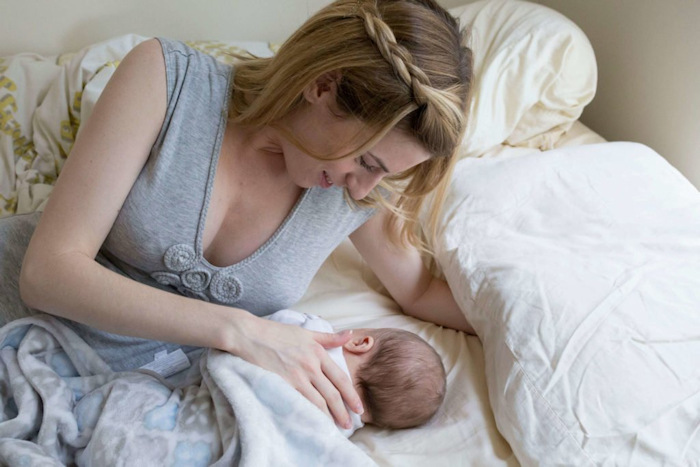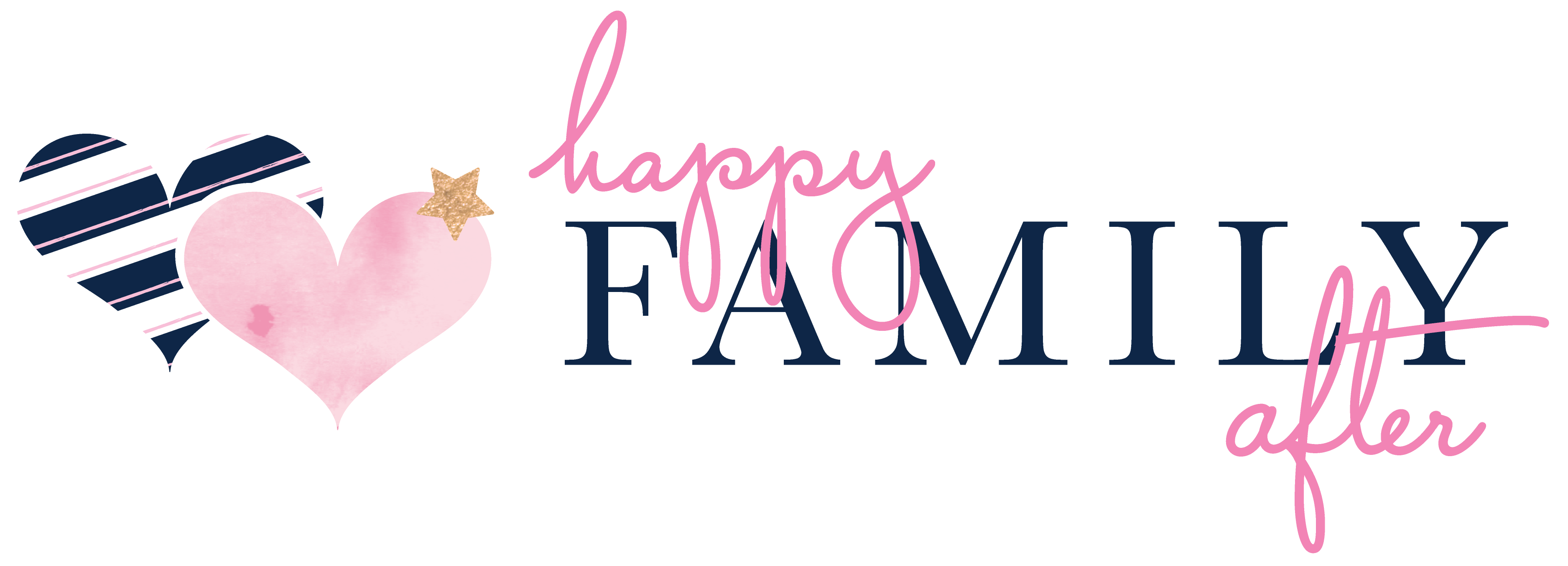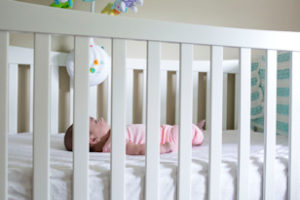3 Common Myths About Your Baby’s Sleep
and What You Really Need to Know Instead
Sleep is one of the greatest areas of struggle for parents of infants. Studies have consistently shown that not getting enough sleep puts caregivers at higher risk of postpartum mood disorders, marital difficulties, and reporting decreased overall satisfaction with parenting. Emerging research also continues to show that chronic sleep loss, starting in infancy, could contribute to the development of emotional and behavioral problems, and even have an impact on a child’s brain structure and overall well-being.
Most parents know that more sleep, and a better quality of sleep is ideal, but figuring out how to achieve that can be a different story. There are many competing schools of thought when it comes to advice for getting infants to sleep, and each of them can seem equal parts convincing and confusing. This prevalence of conflicting information leads to a lot of confusion among caregivers and professionals alike. It can be difficult to sort through all the noise and separate fact from opinion. As a professional sleep coach, my job is to help parents understand how to help their child to learn to sleep independently, and shape the environment so that quality sleep can be achieved night after night, giving the whole family the rest everyone needs. Here are three of the most common myths and misconceptions I come across, and what you need to understand about your baby’s sleep instead.
Myth #1: Babies should be already asleep or almost asleep before being placed in their cribs.
Just about everyone that’s cared for a baby in the modern age has heard the advice to “put the baby down when they’re drowsy but awake.” But what does that really mean? This common catchphrase is meant to remind caregivers that putting a baby in their crib when you know they are sleepy, but they are still awake is an important component to developing an infant’s ability to fall asleep independently. However, when most of us think of the word “drowsy,” the picture of someone who can hardly stay awake comes to mind. This results in a lot of confusion about the best method to help your baby develop healthy sleep habits and get adequate rest. As a result, many parents rock or feed their children until their eyes are already closed before they try putting them into their sleep space. These habits can quickly develop into sleep associations that will prove difficult to change as time goes on, and make the infant dependent on a caregiver to resettle them every time they stir.
The truth is, babies need a lot of sleep. An infant under three months of age can sleep 16 to 18 hours a day – even more if they’re premature or have other factors impacting their sleep needs. In the first several weeks of your baby’s life, they should be awake for just short increments of time, lasting only 45-60 minutes each, before taking another snooze. That time goes by fast! After feeding your baby, there’s typically a bit of time for play, and before long it will be time to sleep again. Ideally, you should put your baby down in their crib or sleep space when they have reached the end of their awake period and you have observed the signs that they are ready to sleep again, such as they begin staring off into space or their eyelids or eyebrows start to get pinkish-red. These observations signal that your baby is ready for sleep soon, but it’s important that they are not already yawning and rubbing their eyes, which are signs the baby is overtired.
Myth #2: A baby that’s moving around a lot is unsettled and needs a parent’s help to get to sleep.
Babies are smart, capable, and adaptable beings. Learning to sleep independently is a skill that develops over time with lots of practice and patience. While there’s no denying that many babies feel comforted being held while they sleep, it is absolutely not sustainable to hold your baby every time they need to sleep. By placing your baby in their sleep space at regular intervals, you are encouraging your baby to develop a skillset of their own for sleeping comfortably without your constant support. Parents and caregivers often interpret a baby’s movements in the crib as a sign that the baby needs their support or cannot fall asleep on their own. However, your baby is more capable than we often give them credit for, and giving them some space to explore encourages their skills to improve, increasing their sleep independence.
One such movement occurs when a baby moves their head from side to side repetitively while lying down, sometimes quickly, other times more slowly. Parents and caregivers often interpret that to mean the baby is really agitated and upset and will go into the room and even pick the baby up and soothe them when they see this behavior. However, when you see your baby doing this, it’s a good thing! Your baby finds the repetitive motion soothing, and they are doing it to themselves to calm down – something you may have heard referred to as self-soothing. The calming sensation your baby gets from this movement is similar to when they are being rocked or laying in a motorized swing. The repetition triggers your baby’s innate calming reflex, a primal neurological response. The instinct to do so comes naturally to your baby and helps them fall asleep.

Another example of a time you should leave your baby be in their crib is when you see your baby curl to their side while on their back, also called the newborn curl. They are mimicking the feeling of being held by you or their positioning in the womb, but providing themselves that comfort by adjusting their own positioning. Older babies often do this by laying against the crib railing, laying vertically in the crib, or by tucking their hands underneath them when sleeping on their belly. The security of feeling something up against them, or having their hands tucked underneath them helps them to sleep without you there. Trust your baby’s wisdom in these moments and allow them to work towards independent sleep. Just as your baby would never learn to crawl if you picked them up every time they pushed up onto all fours, your baby will not learn to sleep independently if you only put them down when they’re already asleep, and pick them up immediately upon waking.
Myth #3: Babies need to be really warm to sleep, and require multiple layers of specialized clothing at different stages.
Have you ever gone to pick up your baby from a nap and their little hands are cold? It seems logical to assume if a baby’s hands or feet are cold to the touch, that the room temperature is too cold. However, this is not often the case. Your baby’s circulatory system is brand new, and as such, it is not yet that efficient at circulating blood to the outermost extremities – the feet and hands. Your baby’s core body temperature is a more accurate depiction of whether they are staying warm enough. Your baby’s stomach and chest should be warm but not hot, and they should never be sweaty or flushed.
What temperature should your baby’s sleep space be then? The AAP recommends a room temperature of 68 – 72 degrees when a baby is sleeping. Contrary to popular belief, your baby is at a greater risk of overheating than of being cold. Be very careful to only put them in one additional layer over their pajamas, such as a sleep sack. They should never have any loose objects or blankets in the crib. Specialized movement-restrictive inventions, such as the Merlin Sleep Suit and weighted sleep sacks are not approved for sleep by the AAP and should be avoided. Your baby should never wear a hat or other loose objects while sleeping and if you find them to be sweating, or their skin is flushed or hot to the touch, be sure to turn down the temperature of the room. You can monitor the temperature of your baby’s room with a room thermometer to ensure the room does not get too hot or too cold while your baby is sleeping.
Did you learn something new about your baby’s odd behavior in the crib? Ready to learn even more and get your baby sleeping on their own day after day, night after night?
Join us for a webinar on February 7, 2024 on the Secrets to Sleep Success
Our resident sleep expert, Devon Clement will be sharing the knowledge she’s gained from over a decade of helping babies and their parents get their best sleep. Looking for more personalized advice and support? One of our expertly trained sleep coaches is ready to support you in the comfort of your home!

